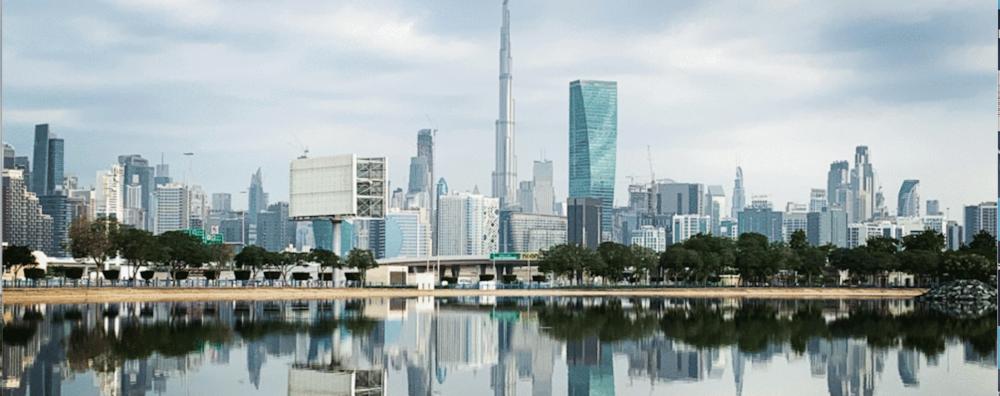As you approach Petra, you experience the mixed sense of excitement and nervous apprehension that goes with the Ancient Wonders. But, unlike the Giza Pyramids, Petra does not give up its secrets in one magnificent view. You have to work for this one!
The latest in my series of travel posts has been kindly contributed by a guest writer, Amanda Reid, who travelled to Jordan earlier this year and explored this vast, awe-inspiring city, carved into the sheer rock face.

Lost City: Jordan’s most-visited tourist attraction remained unknown to the Western world until 1812, when it was rediscovered by a Swiss traveller who tricked his way into the fiercely guarded site
Locals had insisted we needed at least two days to see Petra properly. Unless you are an experienced trekker, or are happy to skip many of the individual sites, they are right. Even in the one-day short version that we plumped for, the walking varies tiringly between pleasant and airy, to narrow, steep and bumpy. But the sights, oh the sights!
Within Petra (Latin for “rock”) are the impressive remains of the capital of the Nabataean culture. The who? The Nabataeans, while not the best known of ancient peoples, certainly knew how to impress. In the first century BC, the kingdom stretched from southern Jordan to Damascus. While battling Romans and various Greek factions, they were perfectly positioned to manage the trade routes from the far East, near East and Africa; as a result they had a rich and integrated culture which is reflected in much of the architecture at Petra.
Entering antiquity
The walk begins on a broad “street”, pleasantly sloping down a valley, with red, yellow and white sandstone bluffs on either side. After admiring the natural beauty and some Pacman-ghost-shaped enormous mounds on your right, you come to the first monuments, carved in the rock. The Obelisk tomb can be appreciated from ground level, or a small clamber up the rough-hewn steps allows you to poke about inside – especially fun for children.
What you are really waiting for, though, is the famous Treasury. Continuing on the pathway, the heat rises and the crowds increase as you take in the many tombs, caves and wave-shaped coloured rocks, as well as a glorious Greco-Roman amphitheatre.
On entering As-Siq, the ancient entrance to Petra, the air cools. The kilometre-long narrow gorge winds its way down; at some points, the sky is barely visible and you can almost touch both sides of the 80-metre-high chasm. It twists delightfully so every step reveals a new view and small trees and bushes grow sideways out of the walls.
Emerging into a surprisingly small clearing, here it is: the iconic Al-Khazneh (Treasury). It is beautifully preserved in its protected place, with its hybrid Corinthian/Doric columns and other Egyptian and Roman-style touches. Everyone stops to take a photo – bring your wide-angle lens to photograph the 30-metre width and 43-metre height. Yet, even with the right equipment, your images won’t truly capture the grandeur of the place (pictured top right).
When you can tear yourself away, there is more to see. If, at this point, you want a ride (as we did), I recommend a donkey. Travelling down the Street of Facades and the Colonnaded Street, the donkey’s lilting sway is pleasant, soothing and gives hot feet a rest. I do not recommend the horse-drawn carriages, wantonly bumping along over stones, paving, sand and concrete. You could also opt for a camel, of course.
Time for a pit stop
After another hour, our thoughts turn to lunch. There are small food and drink stands dotted around, but my tip is the Basin Restaurant (owned by the nearby Crowne Plaza but inside the Petra site). Sited at the exact spot where your hunger and thirst can no longer be ignored, at the base of the track ascending to the Monastery (Ad-Deir), it offers a wide-ranging buffet, an attractive terrace and Jordanian mint lemonade.
Continuing on involves climbing some serious steps. The Monastery is the largest monument in Petra with a fine hilltop view. There are other side trips up small mountains for the enthusiast. If you make it up any, well done. (I did not and I regret it.)
As you retrace your steps, whether by foot or on a beast of burden, you gain new perspectives on the rock formations and tombs that you were too overwhelmed to take in before. Once back at the top Visitors Centre, you have earned an ice-cream and maybe a stone bracelet from one of the charming children on a stall. Or how about a bottle filled with coloured sands formed into a picture of tombs and camels.
If you can stay till sunset, you will understand fully the meaning of the often-quoted 1845 poem by John William Burgon that describes Petra as: “… from the rock as if by magic grown … a rose-red city half as old as time”.





























